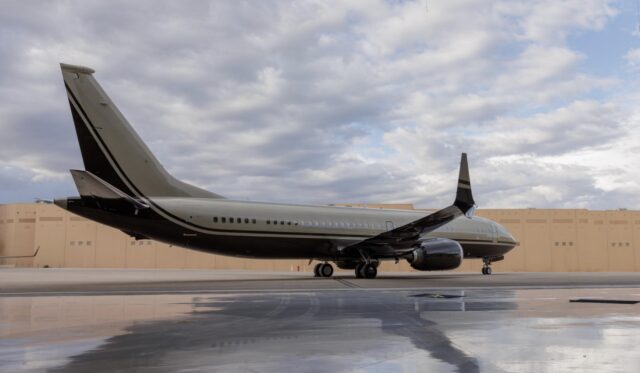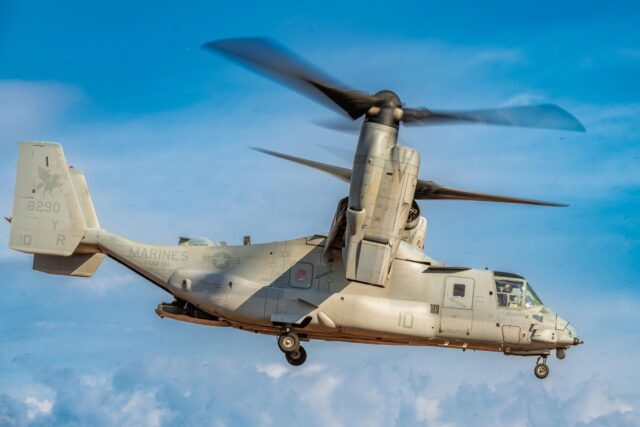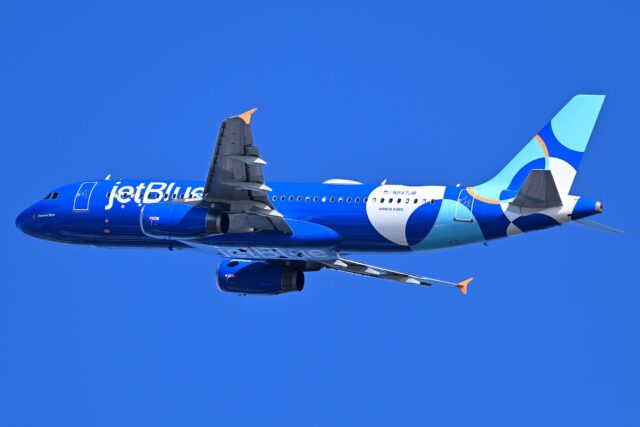Air France flight 447: 16 years on, appeal reopens questions of accountability

September 29, 2025

Sixteen years after Air France flight 447 crashed into the Atlantic Ocean en route from Rio de Janeiro to Paris, killing all 228 people on board, the case is back before the courts. On September 29, the Paris Court of Appeal began hearing arguments in a retrial of Air France and Airbus, charged with involuntary manslaughter.
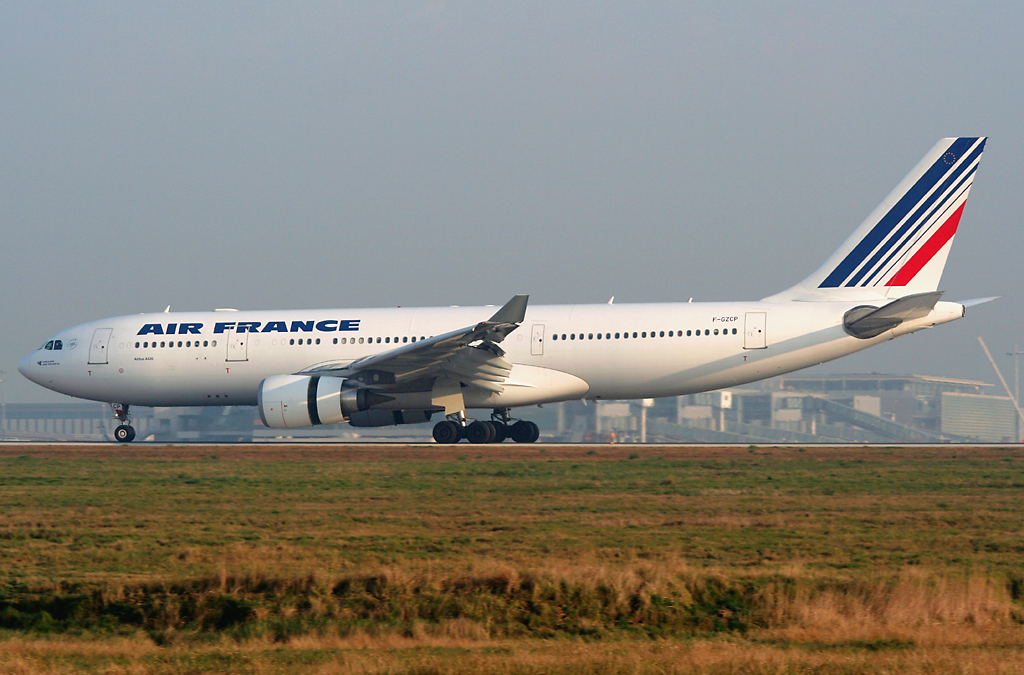
Both companies were acquitted in April 2023 after judges ruled it was “impossible to demonstrate” criminal negligence. Prosecutors and victims’ families appealed, arguing the earlier ruling failed to address systemic shortcomings revealed by investigators.
AF447: a catastrophe with a complex investigation
The crash of AF447 on June 1, 2009, became one of the most complex aviation disasters in modern history. It took nearly two years to locate and recover the Airbus A330’s flight recorders from almost 4,000 meters beneath the ocean surface.
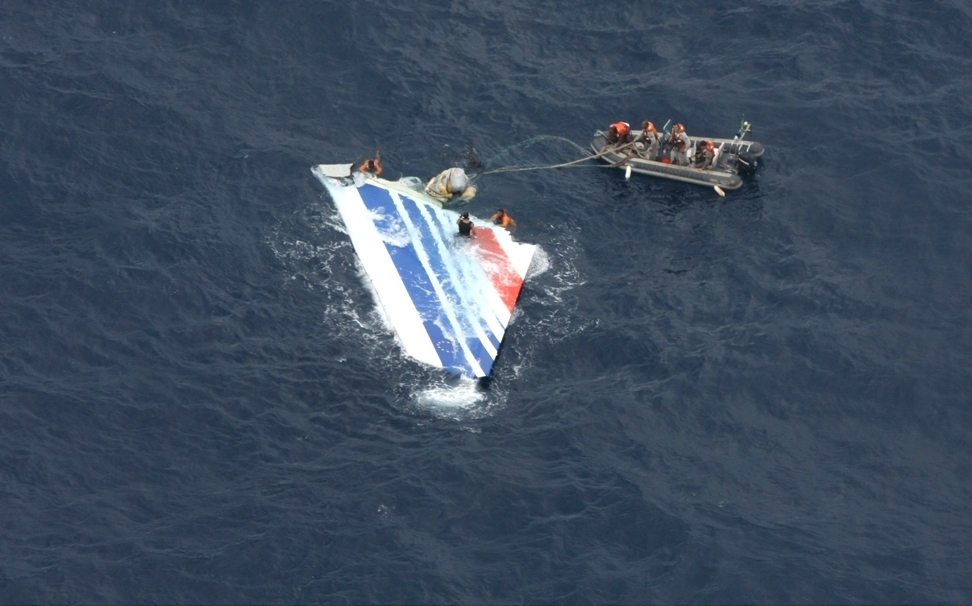
The French accident investigation agency, BEA, concluded in its 2012 final report that the tragedy stemmed from a combination of technical and human factors.
At cruise altitude over the mid-Atlantic, the aircraft’s Pitot probes iced over, causing inconsistent airspeed data. The autopilot disconnected as designed, leaving the crew to hand-fly in turbulent conditions.
From there, the report found, the situation spiraled out of control. The pilot flying pulled the nose up, causing the jet to climb, lose speed and stall. “The crew never understood that they were in a stall situation and consequently never applied a recovery maneuver,” the BEA wrote.
Events leading to AF447 crash, from BEA’s final report
BEA’s final report on the Airbus A330 flight AF 447 from Rio de Janeiro Galeão to Paris Charles de Gaulle states that:
- At around 2 hours and 02 minutes into the flight, the Captain left the cockpit.
- At approximately 2 hours 08 minutes, the crew made a course change of 12 degrees to the left, likely to avoid returns detected by the weather radar.
- At 2 hours 10 minutes and 5 seconds, likely due to the obstruction of the Pitot probes by ice crystals, the speed indications were incorrect, and some automatic systems disconnected. The two copilots did not control the aircraft’s flight path.
- They were rejoined 1 minute and 30 seconds later by the Captain, while the aircraft was in a stall situation that lasted until impact with the sea at 2 hours, 14 minutes, and 28 seconds.
The BEA determined the accident resulted from the following chain of events:
- Temporary inconsistency between the measured airspeeds, likely following the obstruction of the Pitot probes by ice crystals, which led to the autopilot disconnection and a reconfiguration to alternate rules.
- Inappropriate control inputs by the co-pilots that destabilized the flight path,
- The crew failed to follow the appropriate procedure to compensate for the loss of indicated airspeeds.
- The Pilot Not Flying’s late identification of the deviation in the flight path and insufficient correction by the Pilot Flying.
- The crew did not identify the approach to stall. There was a lack of an immediate reaction and exit from the flight envelope.
- The crew’s failure to diagnose the stall situation led them to take no action that would have made recovery possible.
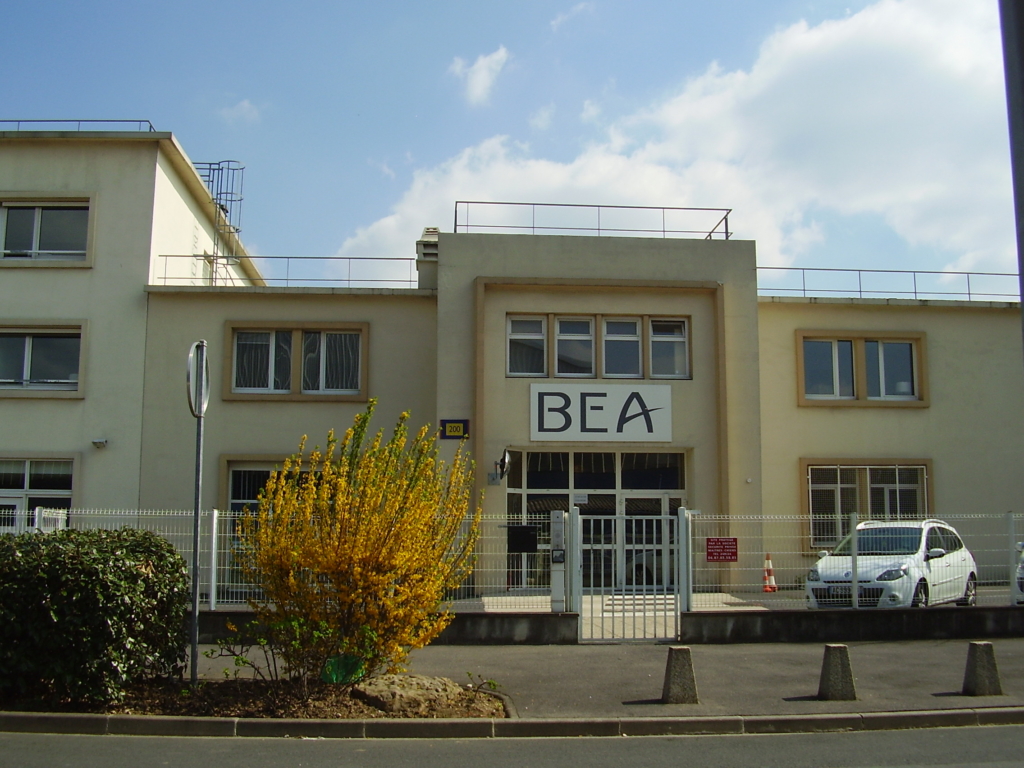
Following the investigation, the BEA issued 41 Safety Recommendations to the DGAC, EASA, the FAA, ICAO and the Brazilian and Senegalese authorities. These included recommendations on flight recorders, certification, training and recurrent training of pilots, relief of the Captain, SAR and ATC, flight simulators, cockpit ergonomics, operational feedback and oversight of operators by the national oversight authority.
BEA technical recommendations after AF447 disaster
The BEA highlighted vulnerabilities in both aircraft design and training, which are central to the case against Airbus. On the technical side, it faulted Pitot probes used on the A330, whose certification standards were not adequately tested in ice-crystal conditions.
By 2009, Air France had begun retrofitting its fleet with new Pitot probes, but the accident aircraft, F-GZCP, had not yet been modified.
The report also warned that stall warnings were inconsistent at extreme angles of attack, stopping when the aircraft’s nose was pitched too high. The halting of the alerts at extreme angles may have contributed to pilot confusion.
BEA identified Air France’s training and operational gaps, which contributed to the crash
Investigators also found fault in airline procedures, which prosecutors reference in their case against the airline. The BEA noted that Air France trained its airline pilots for stall recovery at low altitudes, primarily during takeoff and landing, but not at cruise altitude. In AF447, the crew failed to apply the standard stall recovery actions required at the flight’s altitude.
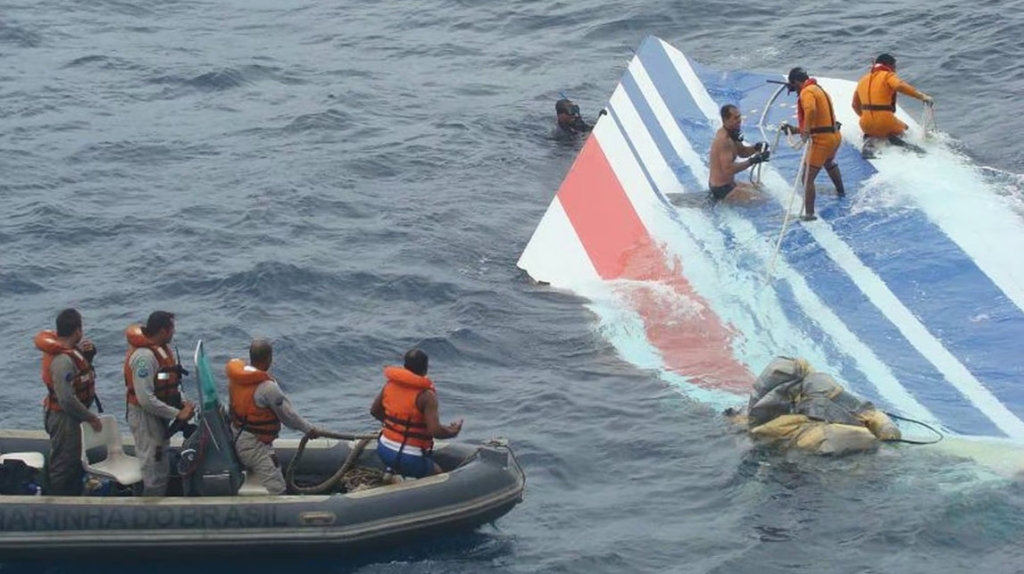
The BEA’s report emphasized that operators should enhance pilot training in manual aircraft handling, particularly at high altitudes and in the event of losing all protections. It also recommended that operators reinforce pilot training in recognizing and recovering from unexpected situations.
Legal arguments in the appeal
At the heart of the retrial are two key accusations:
- Against Airbus: that it underestimated the risk of Pitot probe icing and delivered aircraft whose stall warning logic could confuse crews.
- Against Air France: that it failed to adequately train its pilots for manual handling at high altitude, failed to ensure quick enough replacement of suspect probes, and did not provide sufficient guidance on unreliable airspeed procedures.
Prosecutors argue that the BEA’s safety recommendations prove the risks were foreseeable, and both the manufacturer and the airline had opportunities to act faster.
The defense counters that both Airbus and Air France complied with safety regulations in force at the time, and that certification standards did not then require the improvements, which were later mandated. They point to the crew’s inappropriate control inputs as the decisive factor leading to the crash.
AF447 families want accountability
The maximum criminal fine for the charge of “involuntary manslaughter” under French law is just €225,000 per company. But, for the families of the 228 victims, the appeal is more about accountability.
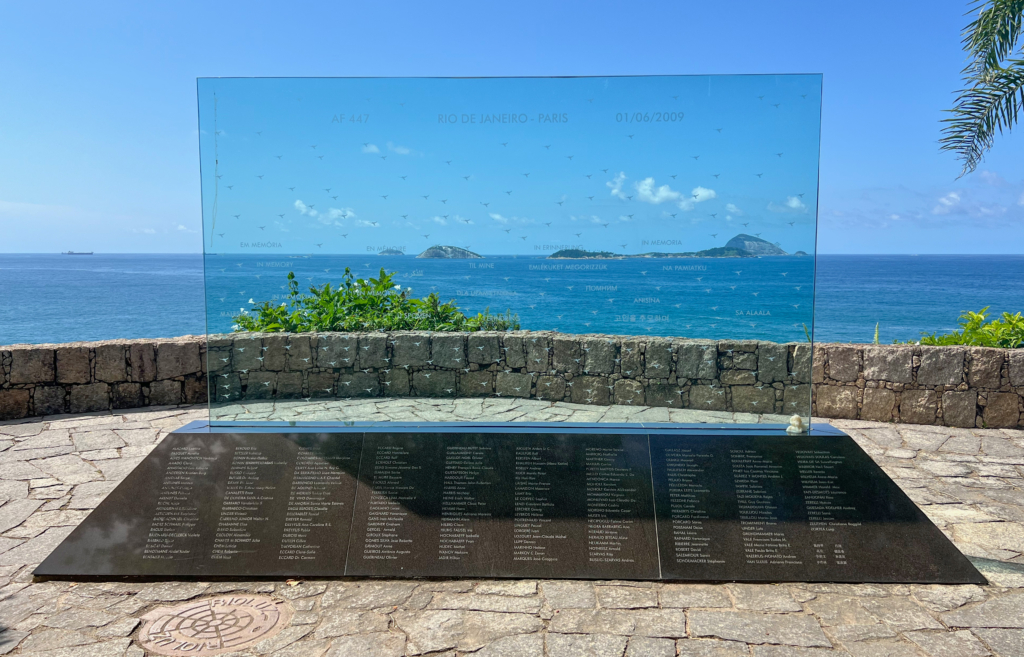
The retrial is their last chance to see the companies formally acknowledge responsibility. However, Airbus and Air France continue to deny criminal liability. They attribute the accident to exceptional weather conditions and human error.
The appeal trial is scheduled to last until late November. The final decision on AF447 could determine the extent of responsibility manufacturers and airlines bear when technical and human factors combine to cause a disaster.

